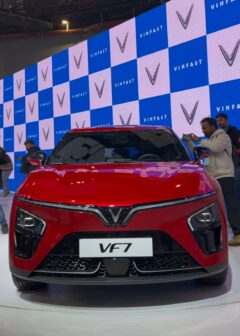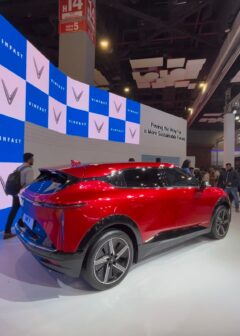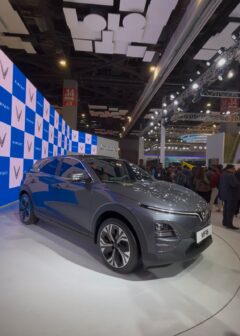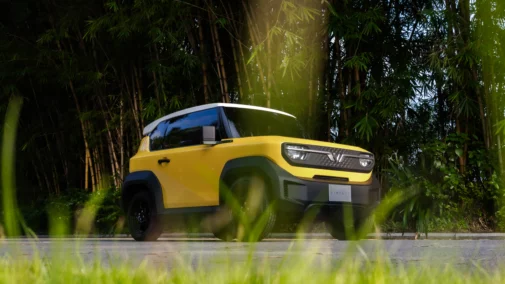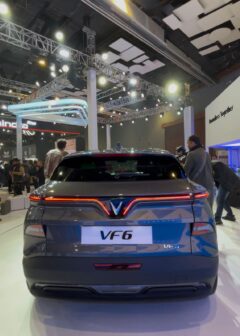VinFast, Vietnam’s best-selling car brand, has revealed some of its plans for India. To be sure, it’s not just dipping its toes in the water – its planning more of a full-on cannonball leap into a market that’s hugely demanding. With a $2 billion investment, a factory coming up in Tamil Nadu, and a trio of EVs, VinFast is betting big. Here’s the lowdown on its strategy, its models, and the steep road ahead.
VinFast’s rise is the stuff of startup legend. Born in 2017, it’s already claimed the crown as Vietnam’s top automotive brand, churning out vehicles from a modern factory in the north of the country. It’s planning a $500 million initial investment, with a starting capacity of 50,000 units annually, scalable to 150,000, and ambitions to make India an export hub. It’s also rolling out a dealership network that stretches beyond metros, to Tier 2 and Tier 3 cities. Bookings for the VF7 and VF6 kick off this month, with the VF3 to follow next year.
The VF7 has a coupe-like silhouette and crisp lines, sketched by Italy’s Torino Design. Available globally in Eco (front-wheel-drive, 171 bhp, 25.5 kgm) and Plus (all-wheel-drive, 344 bhp, 51 kgm) trims, it’s powered by a 75.3 kWh battery promising up to 450 km of range (WLTP). The cabin’s a tech fest: no traditional dials, just a head-up display (HUD) flashing speed and range, with a 12.9-inch infotainment screen handling the rest. Features like ADAS, a panoramic sunroof, ambient lighting and vegan leather seats are also included, and rivals include the BYD Sealion 7 and the BMW iX 1 LWB.
The 4.3-metre VF6 is VinFast’s compact SUV, with the Hyundai Creta EV and Mahindra BE6 in its sights. It also has Eco (171 bhp, 25.5 kgm, 399 km range) and Plus (198 bhp, 25.5 kgm, 381 km range) variants globally, both front-wheel-drive and powered by a 59.6 kWh battery. The interior’s simpler than the VF7’s, with the same 12.9-inch screen and HUD setup, plus connected tech, lane-keep assist, and adaptive cruise control.
The VF3 is VinFast’s pint-sized wildcard, a 3-metre, rear-wheel-drive micro-SUV with flared arches and a butch stance. Aimed at younger buyers, this budget EV is set to rival the MG Comet EV, with a claimed 200 km range. Details are thin, but expect a no-frills cabin with enough tech to keep Gen Z happy. It’ll probably be launched in early 2026; power and specs are still under wraps, although globally it has an 18.64 kWh battery pack, with 39 bhp and 11.2 kgm.
VinFast is keen to build an ecosystem in India; the Tuticorin plant will also become an export hub. It could float a battery subscription model, like MG’s BaaS, where you buy the car sans battery and pay monthly for juice. Warranty details are hazy, but VinFast’s promising a 10-year/2 lakh-km package globally, which could sway skeptics if it holds here. The dealership push into smaller cities is a smart move, and for a reliable charging network, it plans to open an Indian arm of its subsidiary, V-Green Solutions; it will also partner with local charging firms. 3rd party service centres are also on the cards, for a wider service network, as is the introduction of GSM (Green and Smart Mobility Company) for EV-only ride-hailing services.
VinFast’s new-kid-on-the-block status means it’ll need to be very agile in India. Its success in Vietnam is a good omen, but India is a different beast; whether it’ll succeed here depends on how it navigates what is probably the toughest automotive market in the world.










